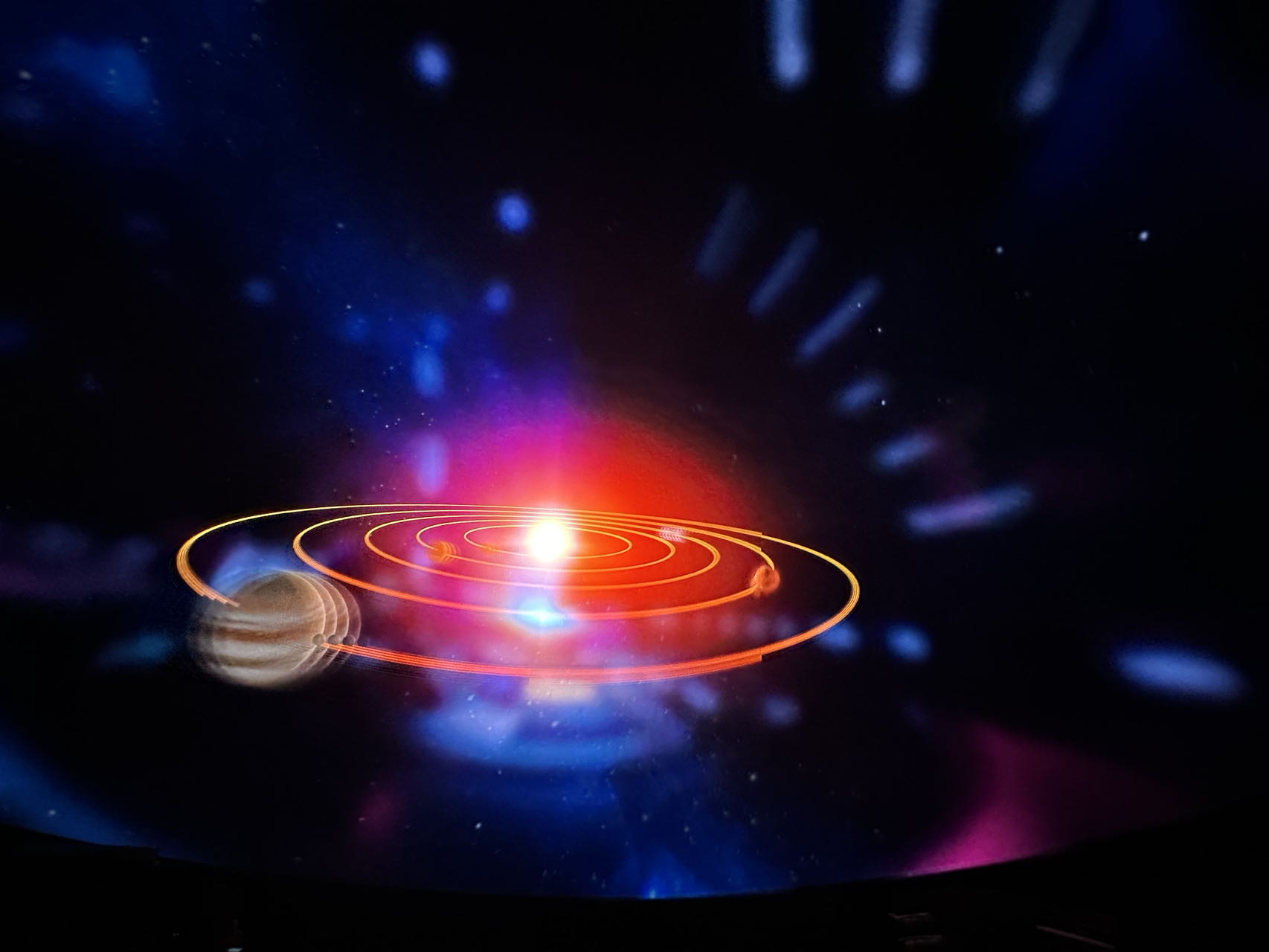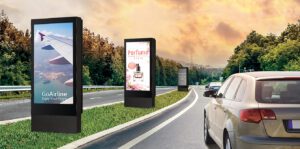Immersive experiences are no longer confined to flat screens or one-sided displays. As audience expectations evolve, the demand for 360° viewing LED spheres has grown across museums, exhibitions, retail environments, and public installations. These spherical displays are designed to engage viewers from all directions, offering a continuous and symmetrical experience that removes the concept of a “front” or “back.” But what exactly makes a 360° LED sphere truly immersive and universally accessible?
Understanding 360° LED Sphere Technology
A 360° viewing LED sphere is a fully curved, self-contained display structure capable of presenting content on every inch of its surface. Unlike traditional screens that require a fixed viewing position, this technology ensures that visuals remain clear, undistorted, and vibrant from any angle of approach.
The core advantage lies in its omnidirectional visibility—making it ideal for spaces where people walk around, under, or above the display. Whether suspended from the ceiling or placed on a platform, a 360° LED sphere maintains uniform brightness, color, and resolution throughout its surface.
Key Elements of True 360° Accessibility and Immersion
- Uniform Pixel Density and Resolution: Every section of the sphere must maintain equal pixel pitch to avoid visual drop-off. Viewers approaching from any side should perceive the same level of detail.
- Consistent Brightness and Color Calibration: Advanced color and brightness calibration ensures that even at wide angles or varying lighting conditions, the display retains uniform output across its curved surface.
- Omnidirectional Content Design: Content must be designed to flow smoothly across hemispheres without distortion. Specialized spherical mapping techniques and content planning are essential.
- High Refresh Rate and Low Latency: Smooth motion and responsiveness enhance the realism of interactive displays and live content, especially in walkthrough or rotating installations.
- Interactive and Sensor Integration: When combined with gesture recognition or motion tracking, a 360° LED sphere becomes a responsive digital sculpture that reacts to its environment.
Benefits of 360° LED Spheres in Public and Professional Spaces
- Engages Larger Audiences Simultaneously: Multiple people can interact with the sphere from different angles without crowding.
- No Dead Zones or Viewing Limitations: Unlike flat screens or curved panels with optimal viewing zones, the sphere is designed for full spatial accessibility.
- Stronger Visual Impact: Its presence alone captures attention, but its ability to deliver synchronized visuals across its entire surface amplifies storytelling.
- Ideal for Dynamic Spaces: In environments with free movement—such as museums, atriums, airports—the sphere adapts to foot traffic and ambient conditions naturally.
Engineering Challenges and Solutions
To make a 360° viewing LED sphere effective, several engineering hurdles must be overcome:
- Panel Geometry: Each LED module must fit precisely to create a flawless curve. Modular design and flexible panels are often used.
- Thermal Management: Heat must be evenly dissipated across the sphere to prevent hotspots.
- Structural Integrity: Mounting systems must support the weight of a spherical structure without impeding sightlines.
- Signal Synchronization: Video controllers must deliver seamless content without lag, especially on high-resolution spheres.
Durway’s advanced solutions address these challenges with precise panel engineering, intelligent thermal systems, and synchronized content control platforms designed specifically for spherical geometries.
Use Cases for 360° Viewing LED Spheres
- Planetariums and Science Centers: For immersive celestial simulations and real-time data visualization.
- Expos and Pavilion Installations: Where branding or cultural storytelling needs to surround and engage audiences.
- Luxury Retail and Showrooms: To create landmark digital experiences that attract and retain attention.
- Corporate Lobbies and Innovation Hubs: As a visual centerpiece to communicate technological leadership.
- Public Art and Urban Displays: Offering dynamic, programmable digital art to activate architectural spaces.
Designing Content for 360° Spheres
Creating content for a spherical display is not the same as repurposing flat-screen videos. Designers must consider projection angles, curvature, and viewer movement. Tools like spherical UV mapping and 3D rendering engines are used to create fluid, uninterrupted visuals.
Interactive elements can also be added—such as directional audio, dynamic lighting, and touch-free gestures—to heighten engagement and personalization.
Conclusion
What makes a 360° viewing LED sphere truly immersive is not just its shape—it’s the thoughtful combination of display engineering, visual calibration, interactive potential, and content design. These spheres don’t just present visuals; they create environments that invite exploration, spark curiosity, and immerse viewers in every direction.
If you’re looking to deliver standout digital experiences with full-circle impact, explore Durway’s high-performance 360° LED sphere solutions today.
Visit www.durway.com to learn more.








